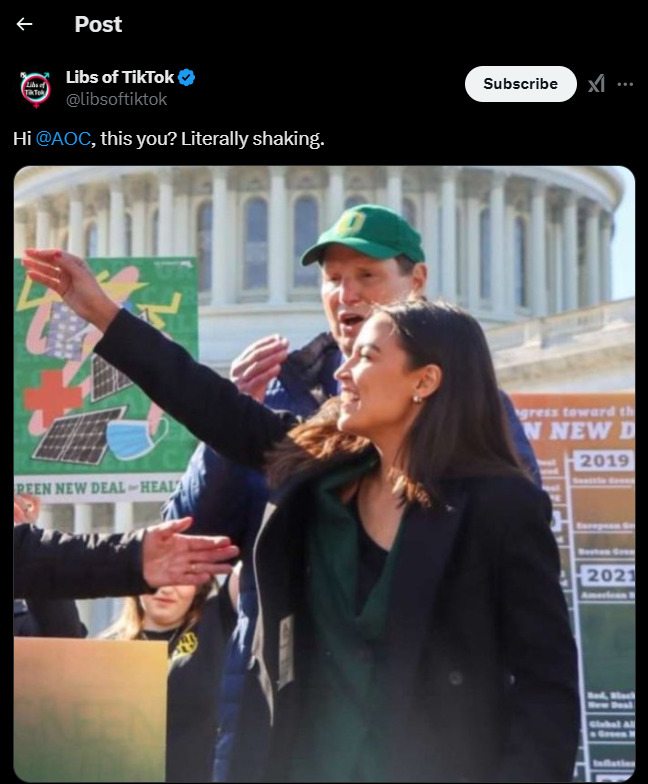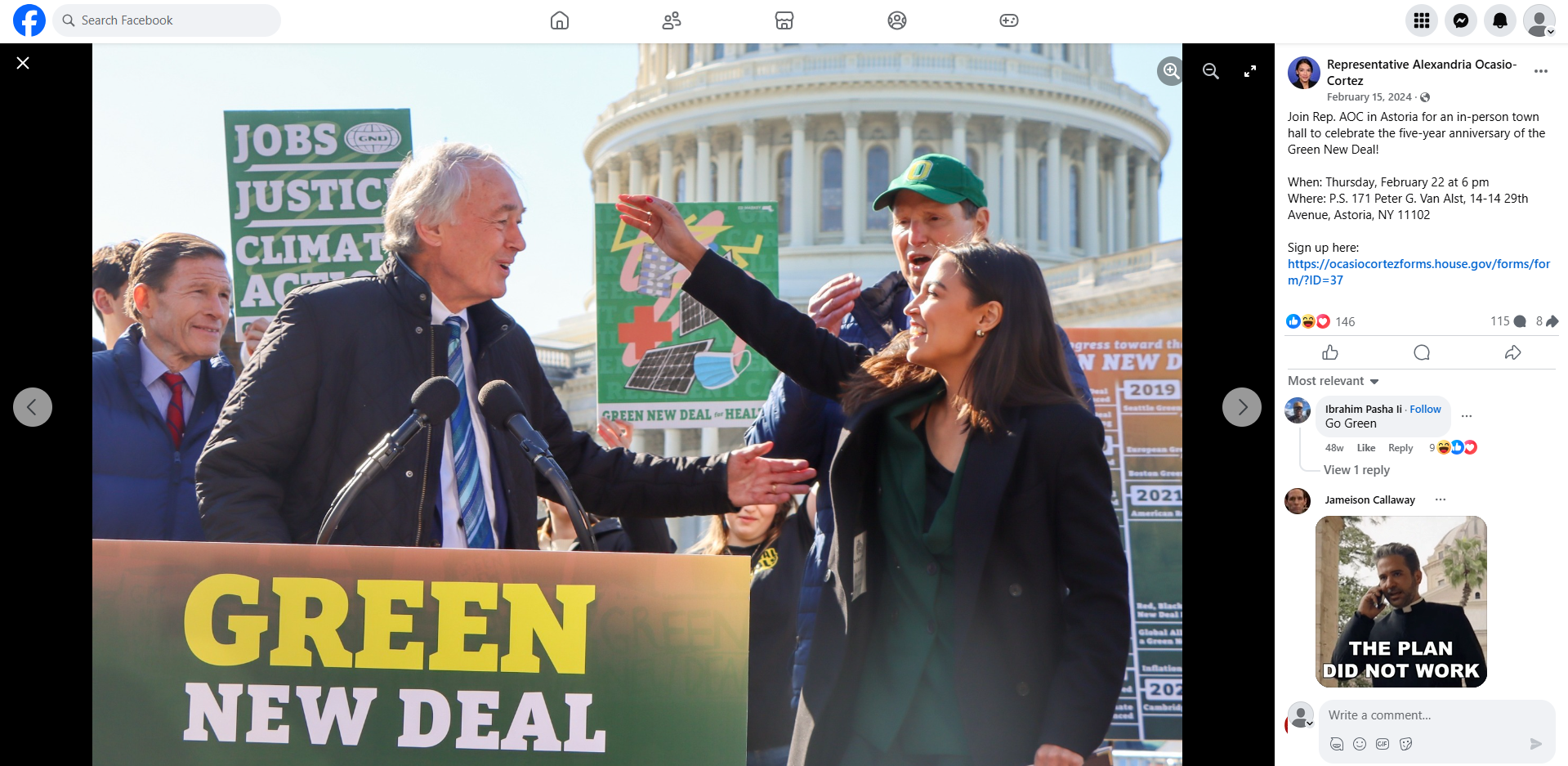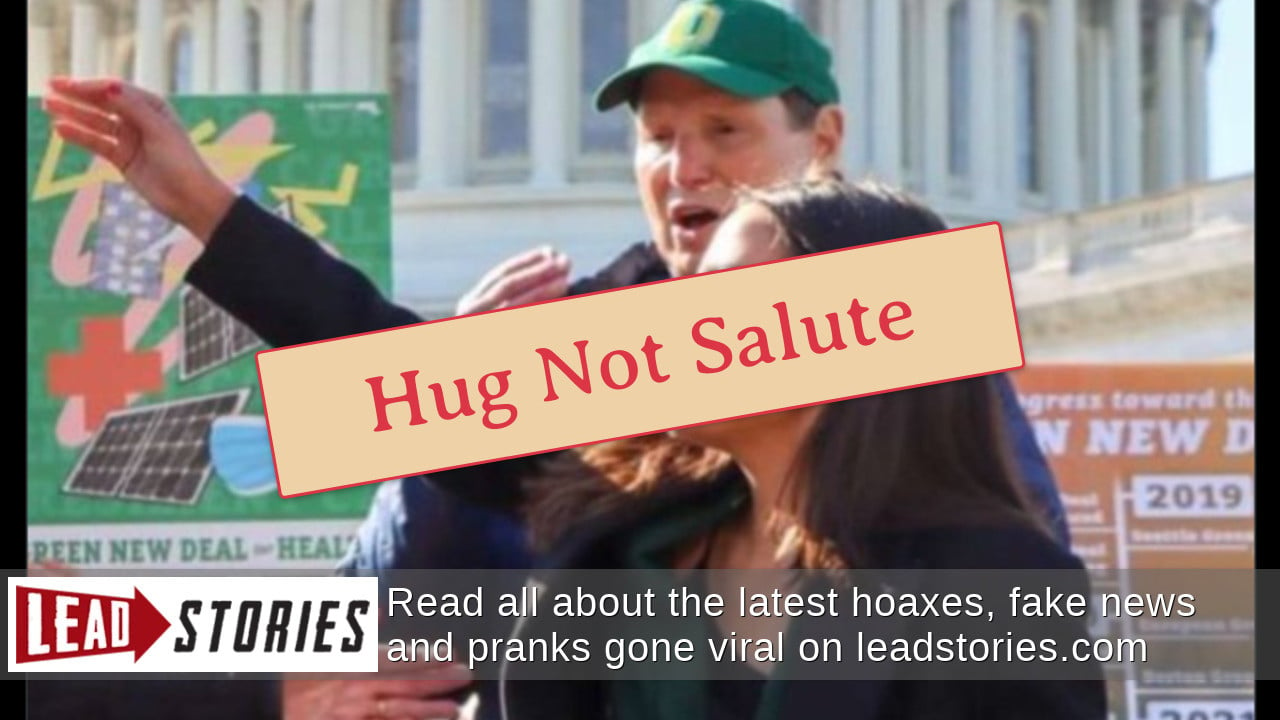Fact Check: Nazi Salute Claims - What You Need To Know
Did a simple gesture ignite a firestorm of controversy, or was it a case of misinterpretation fueled by political agendas? The recent accusations surrounding a potential "Nazi salute" during a public event have sparked heated debates and raised questions about the spread of misinformation in the digital age.
The incident, which unfolded during a public appearance, immediately drew comparisons to the infamous Nazi salute, a gesture synonymous with hate and oppression. However, the context, the intent, and the individuals involved quickly became central to the ensuing discussion. The event, held at the Capitol One Arena, involved prominent figures, including billionaire entrepreneur Elon Musk, whose actions were scrutinized by a vigilant public. The ensuing debate highlights the sensitivity surrounding historical symbols and the potential for their misrepresentation in modern times. Further complicating the situation, the event coincided with growing political tensions and the proliferation of social media, platforms where accusations and counter-accusations often spread rapidly.
| Category | Details |
|---|---|
| Name | Elon Reeve Musk |
| Born | June 28, 1971 (age 52 years), Pretoria, South Africa |
| Nationality | South African, Canadian, American |
| Education | University of Pennsylvania (Bachelor of Arts, Bachelor of Science), Queen's University (Transferred) |
| Known For |
|
| Net Worth (as of Oct 26, 2023) | $244 Billion |
| Major Investments | SpaceX, Tesla, X Corp. (Twitter), Neuralink, The Boring Company |
| Philanthropy | Musk Foundation (Focus on renewable energy, human space exploration, pediatric research, and science education) |
| Political Affiliation | Independent (Historically donated to both Republican and Democratic parties) |
| Key Achievements |
|
| Controversies |
|
| Website | SpaceX Official Website |
The controversy surrounding the gesture was further fueled by the backdrop of a broader political landscape. The incident was alleged to have taken place during the inauguration celebrations of President Donald Trump in 2025. The timing and location, amidst the celebrations, added an extra layer of scrutiny. The political affiliations of the individuals involved became a focal point, with accusations flying back and forth across the political spectrum. The event, if viewed in the context of this charged political climate, was bound to stir strong reactions. The reactions were swift, and the interpretation of the gesture quickly diverged. Some saw it as a deliberate act of solidarity with divisive ideologies, while others dismissed it as a careless mistake, perhaps a result of the inherent human tendency to misjudge a situation or maybe even an attempt to stir the pot.
The rapid spread of information and disinformation on social media played a significant role in shaping public perception. Images and videos were shared and re-shared, often without the context of the original event. This led to interpretations that amplified the controversy and fueled online debates. The digital echo chambers, where users are primarily exposed to information confirming their existing beliefs, further polarized opinions. These digital arenas quickly became battlegrounds for competing narratives. The claim that the gesture was a Nazi salute found significant traction online, while counter-arguments, often attempting to provide a different interpretation, were frequently drowned out by the initial wave of accusations. The speed and reach of social media amplified the impact of the incident, making it a topic of discussion for millions worldwide.
One particularly contentious aspect was the comparison of the gesture to the Nazi salute. Images of historical figures performing the Nazi salute were shared widely, creating a visual parallel that many found disturbing. The use of such potent imagery immediately raised the emotional stakes of the discussion. The association with the Nazi regime, a symbol of hate, genocide, and oppression, served to intensify the negative reactions. The impact of such comparisons was immediately apparent, as it immediately painted a specific picture, thereby shaping public sentiment. The speed with which this visual comparison was made, and shared, contributed to the controversy.
The context surrounding the event also came under intense scrutiny. Defenders of the individuals involved argued that the gesture was misinterpreted, emphasizing the absence of malicious intent. Some cited the possibility of an accidental action, pointing out that similar gestures could be made without any connection to the historical significance. Those who supported this view also attempted to highlight that the context of the situation, the people involved, and the absence of any explicit affiliation with Nazi ideology should be taken into account. They argued that assigning negative connotations without clear evidence was unjust, advocating instead for a more nuanced interpretation. The debate centered on the question of intent, and the role of context when interpreting public actions.
Conversely, those who condemned the gesture argued that the resemblance to the Nazi salute, regardless of intent, was unacceptable. They suggested that even unintentional use of such a symbol could be seen as insensitive, particularly given the historical significance of the salute. They highlighted the need for a more cautious approach to public appearances, emphasizing the potential for misunderstanding. The debate was an ongoing struggle for control over the narrative, with each side attempting to sway public opinion through compelling arguments and evidence. This further highlighted the importance of clear communication and the potential for misinterpretations in the modern world.
The role of the media in reporting on the event also faced scrutiny. Some media outlets were accused of sensationalizing the story, while others were criticized for downplaying the significance of the gesture. The coverage varied considerably, with some publications adopting a more critical stance and others attempting to offer a balanced perspective. Some news sources and media personalities treaded carefully, mindful of the potential for legal challenges or negative publicity. The overall impact was to create a fragmented and often polarized media landscape. This further contributed to the public's confusion, and the debates intensity, making it harder for individuals to find a unified, reliable source of information.
The involvement of political figures further complicated the situation. The public statements made by different parties added to the intensity of the debate. Top Democratic figures like Barack Obama, Hillary Clinton, Kamala Harris, and Elizabeth Warren were quick to address the matter, emphasizing the importance of condemning hate speech and the symbolism of the Nazi salute. There was, however, evidence to suggest that none of these public figures had ever performed the Nazi salute. The contrasting viewpoints served to further polarize the public, as each side accused the other of exploiting the incident for political gain. The resulting public discourse was an example of the deep divisions that have come to characterize contemporary politics.
The absence of direct condemnation from other quarters added to the controversy. Some public figures remained silent, or issued carefully worded statements that attempted to avoid directly addressing the allegations. This reluctance to openly condemn the gesture was met with criticism from some groups, who argued that silence, in this context, implied tacit approval. This response from public figures was therefore not considered satisfactory by those who sought clarification. The strategic silence, whether intentional or unintentional, became a point of contention, creating a wider chasm between varying perspectives.
The incident, and the resulting controversy, prompted a wider discussion about the boundaries of free speech and the responsibilities of public figures. The right to express oneself, even when controversial, was juxtaposed with the potential harm that could be caused by insensitive gestures. The debate centered on the balance between these two fundamental principles, highlighting the tension between individual liberties and the need to avoid causing harm. It raised questions about the role of context, intent, and the potential impact of public actions. The discussion also emphasized the crucial need for responsible communication, particularly in the digital age.
One element of the story that was also widely covered was the fact that Alexandria Ocasio-Cortez (AOC) did not attend Trump's inauguration, saying that she does not celebrate rapists. This further muddied the water and added to the already complex story, with accusations being made against the individual.
Ultimately, the interpretation of the gesture, whether intentional or not, became the focal point of the controversy. The debate raised questions about the role of history, the impact of social media, and the responsibilities of public figures. The incident served as a reminder of the complexities of modern communication and the importance of critical thinking. This entire event, from the initial gesture to the subsequent controversy, highlights the potential for misinterpretation, the power of symbols, and the importance of responsible communication in todays highly interconnected world.
In conclusion, the controversy surrounding the gesture, and its resemblance to the Nazi salute, became a microcosm of broader societal tensions. It highlighted the dangers of misinformation, the impact of social media, and the importance of responsible communication. The incident serves as a reminder of the need for critical thinking, historical awareness, and a willingness to engage in constructive dialogue. The event, regardless of the original intent of the gesture, serves as a lesson in the power of symbols and the enduring impact of historical events on the present.



